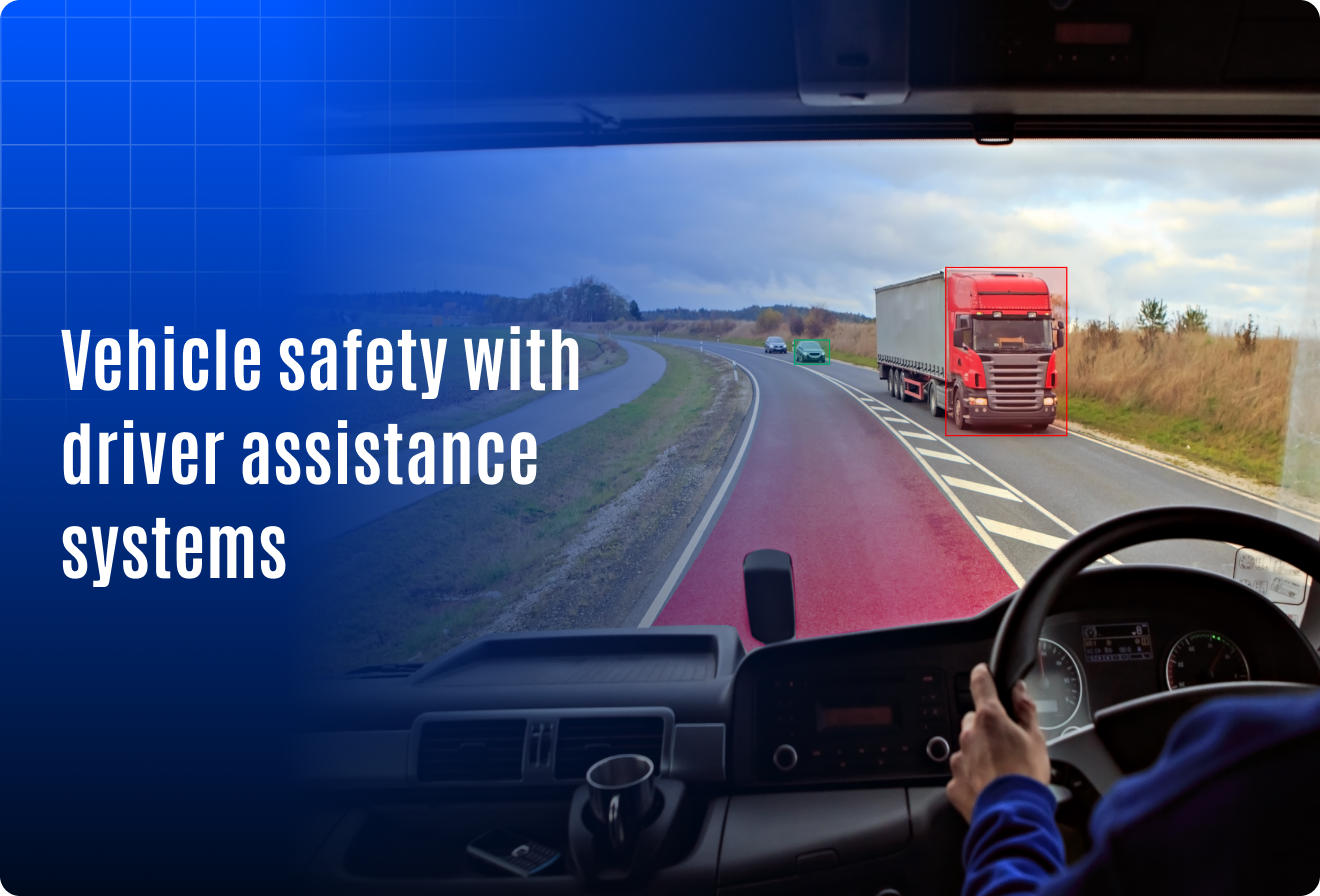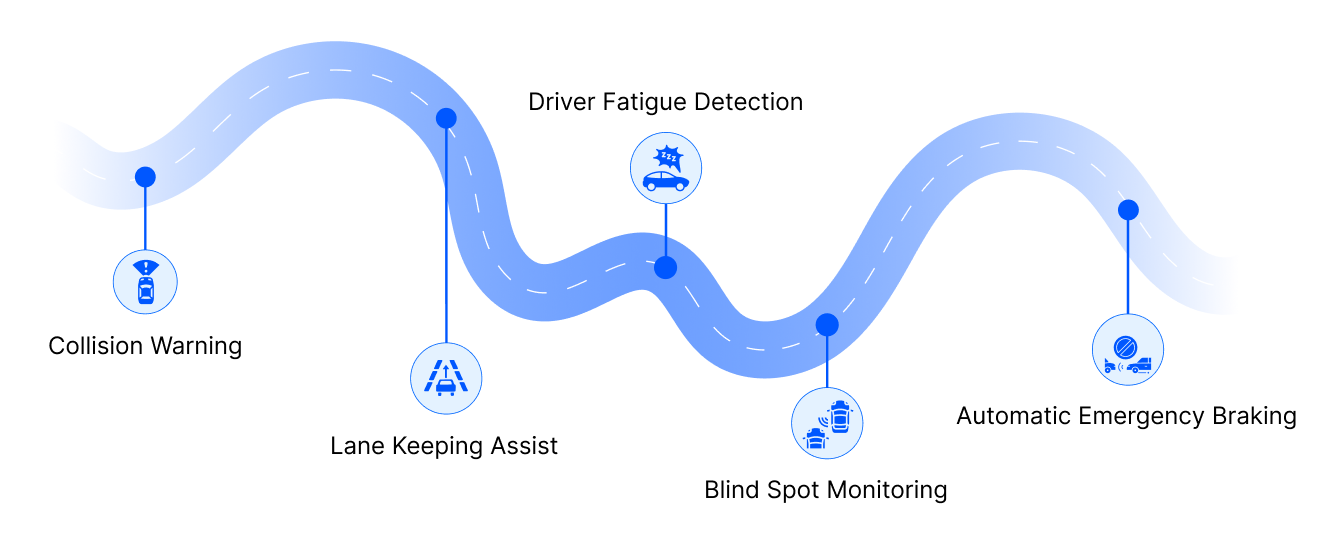Why Driver Assistance Systems Are Shaping the Future of Vehicle Safety

In commercial fleet management, safety isn’t just about protecting drivers, it’s about safeguarding your company’s reputation, controlling costs, and ensuring regulatory compliance. According to the World Health Organization’s 2023 Global Status Report on Road Safety, approximately 1.19 million people die annually in road accidents worldwide, many involving commercial vehicles. While this represents a slight decline from previous years, these incidents still cause significant financial losses due to vehicle repairs, insurance claims, regulatory fines, and productivity downtime.
Research shows that fleets implementing driver assistance systems experience up to a 30% reduction in accident-related costs and can lower insurance premiums by as much as 20%.
This ongoing challenge has pushed fleet operators worldwide to adopt fleet safety solution intelligent technologies designed to reduce accidents, optimize driver performance, and ensure compliance with evolving safety regulations.
In this blog, we will break down the tangible benefits of automated driver assistance system for your fleet operations, supported by industry data. If your goal is to reduce risk, enhance efficiency, and improve your bottom line, implementing these systems is essential.
What Are driver assistance systems?
Driver assistance systems are smart technologies that support drivers with sensors, cameras, radar, and software. They help:
- Detect hazards early
- Alert drivers to potential risks
- Intervene when necessary to prevent accidents.
Examples include Adaptive Cruise Control, Lane Departure Warning, Automatic Emergency Braking, and Blind Spot Detection.
Why driver assistance systems matter for your fleet
1. Reduce accidents and liability
Over 90% of road accidents result from human error. Crashes bring costly repairs, downtime, insurance claims, and legal risks. DAS helps prevent accidents by sending real-time alerts, automatically applying brakes if needed, and keeping drivers focused. Fleets report significant reductions in accident-related expenses.
2. Improve driver behavior and accountability
Driver assistance tech tracks key driving behaviors like speeding and harsh braking. Managers use this data to coach drivers, fostering a safer driving culture. Many fleets see measurable improvements in driver safety within months.
3. Boost operational efficiency
By reducing accidents, fleets experience less downtime and maintenance. ADAS also helps optimize driving styles, saving fuel and lowering operational costs.
4. Comply with emerging safety regulations
Globally, regulations are pushing fleets to adopt advanced safety features. Early adoption keeps you compliant and avoids penalties.
Key features of driver assistance systems that make a difference
Real-world impact: what businesses are saying
Leading fleets report:
- Up to 30% fewer accidents
- Insurance premium reductions up to 20%
- Increased driver retention due to safer work environments
- Enhanced customer trust and brand reputation
“Implementing driver assistance systems changed how we run our fleet. Our accident rate dropped significantly, and our drivers feel more confident on the road.” Fleet Manager, Logistics Company
How to get started with advanced driver assistance systems
Implementing a driver assistance system may seem complex, but it doesn’t have to be. Start by:
- Assessing your fleet’s safety gaps
- Choosing systems tailored to your vehicles and operations
- Partnering with trusted providers for smooth integration
- Training drivers and staff on effective system use
Take action now to protect your drivers and safeguard your business. Automated driver assistance technologies have proven to reduce accidents and lower costs.
Summary: the road ahead is safer with driver assistance systems
Driver assistance systems have become essential for any business serious about safety and efficiency. By reducing accidents, improving driver behavior, and ensuring compliance, they protect your business and your people. Investing today means fewer risks, better operations, and stronger growth tomorrow.



